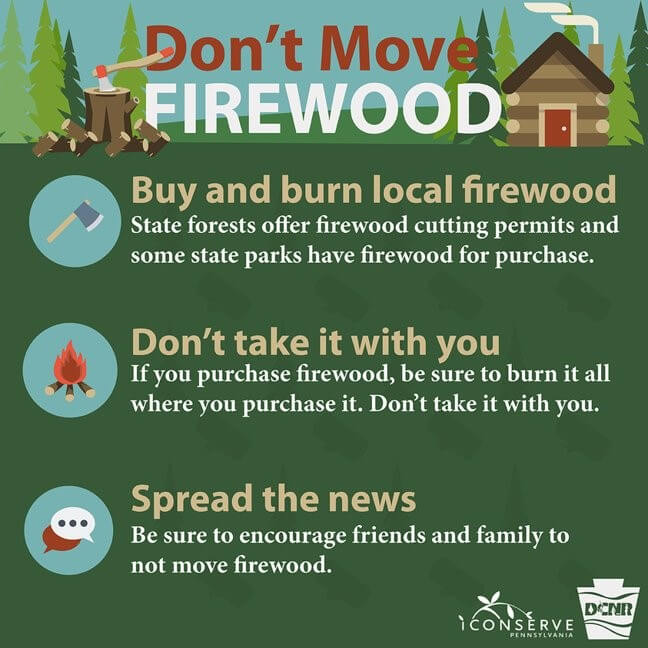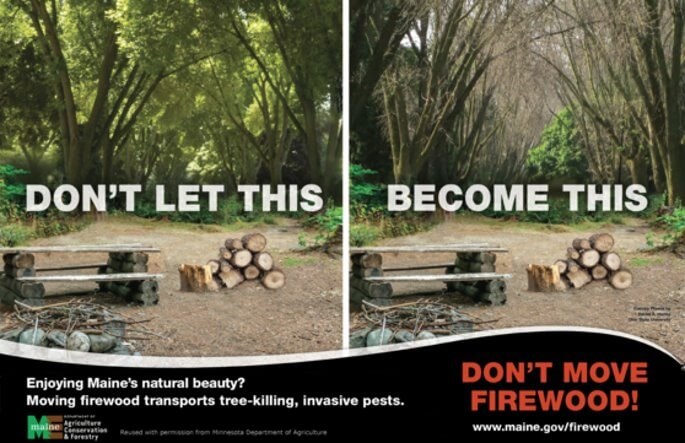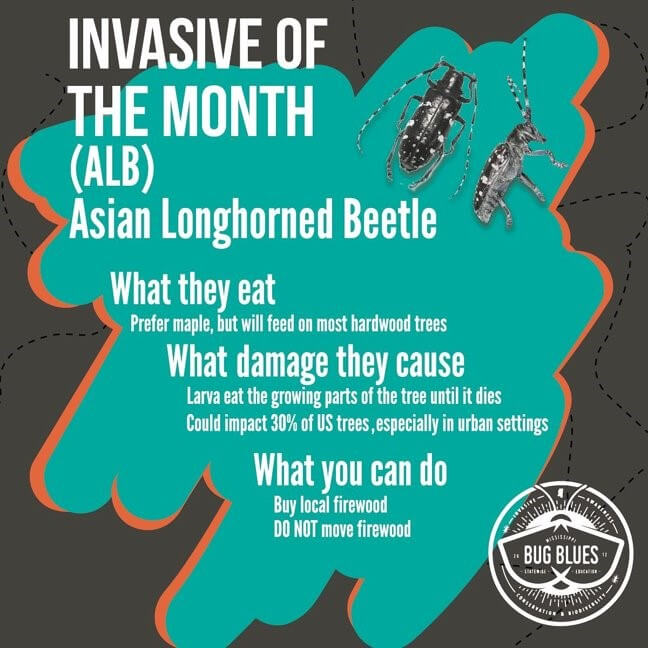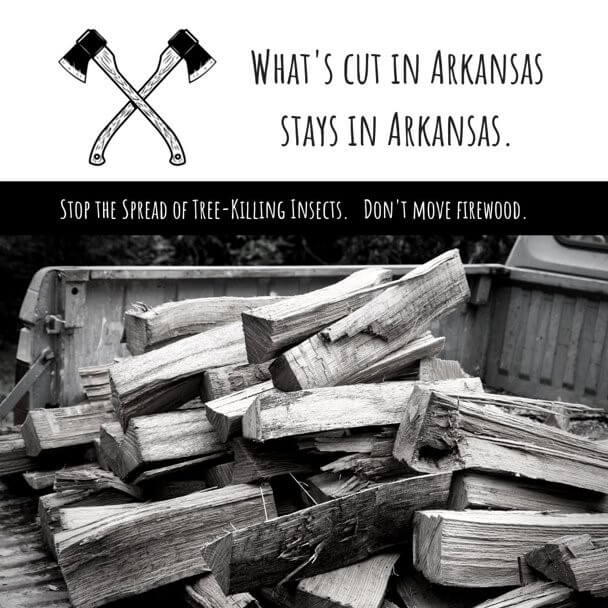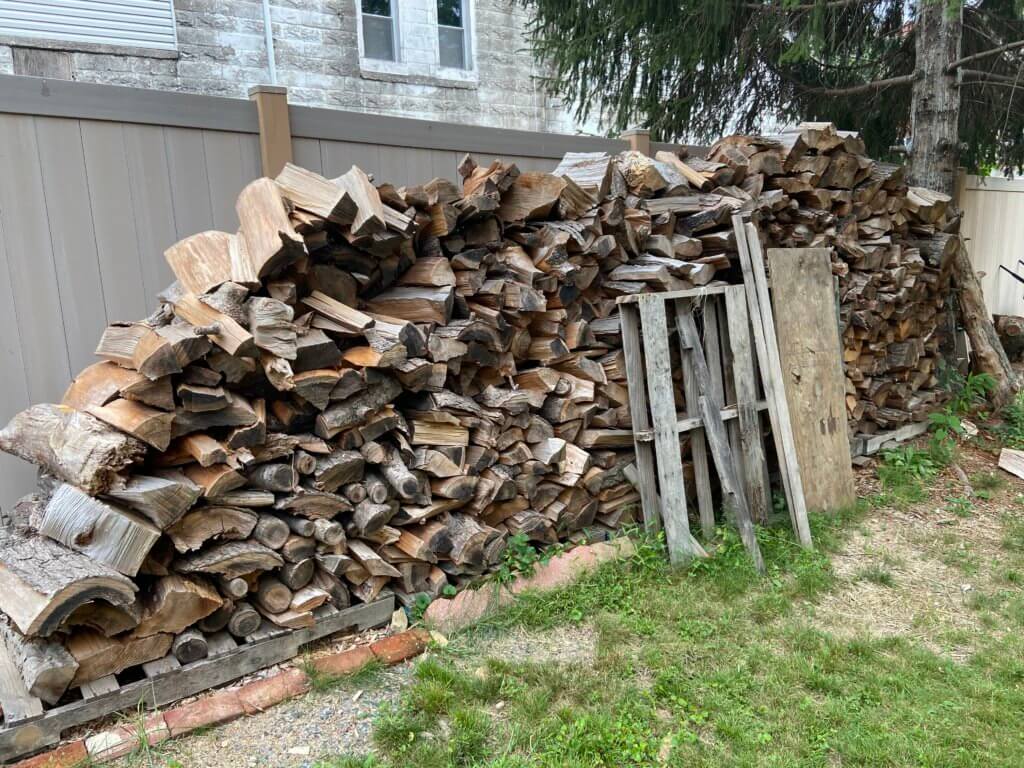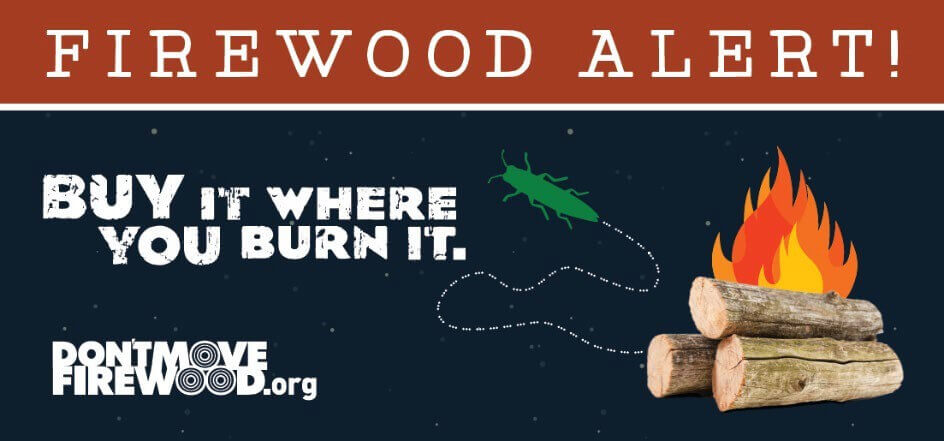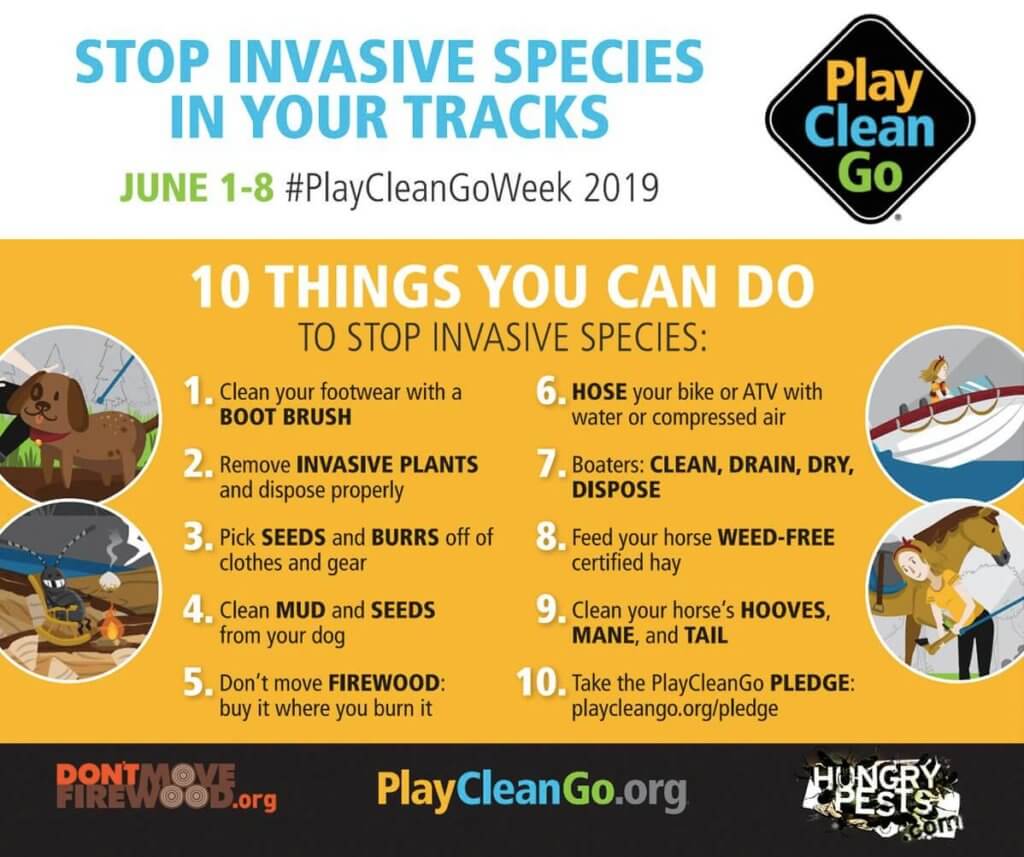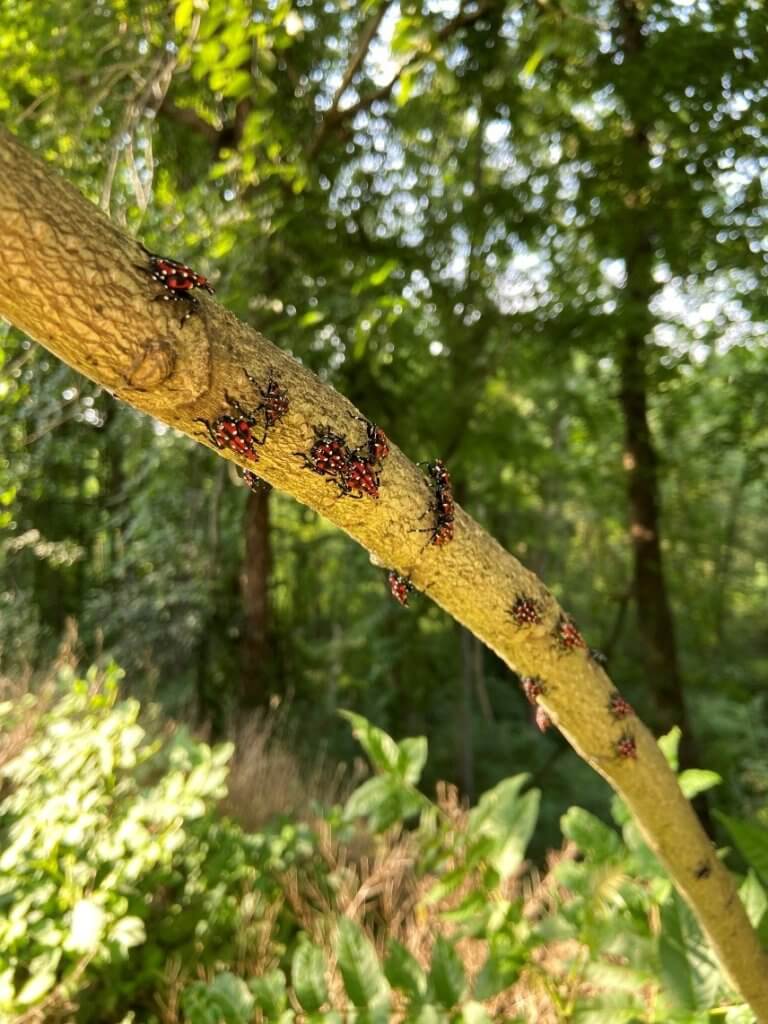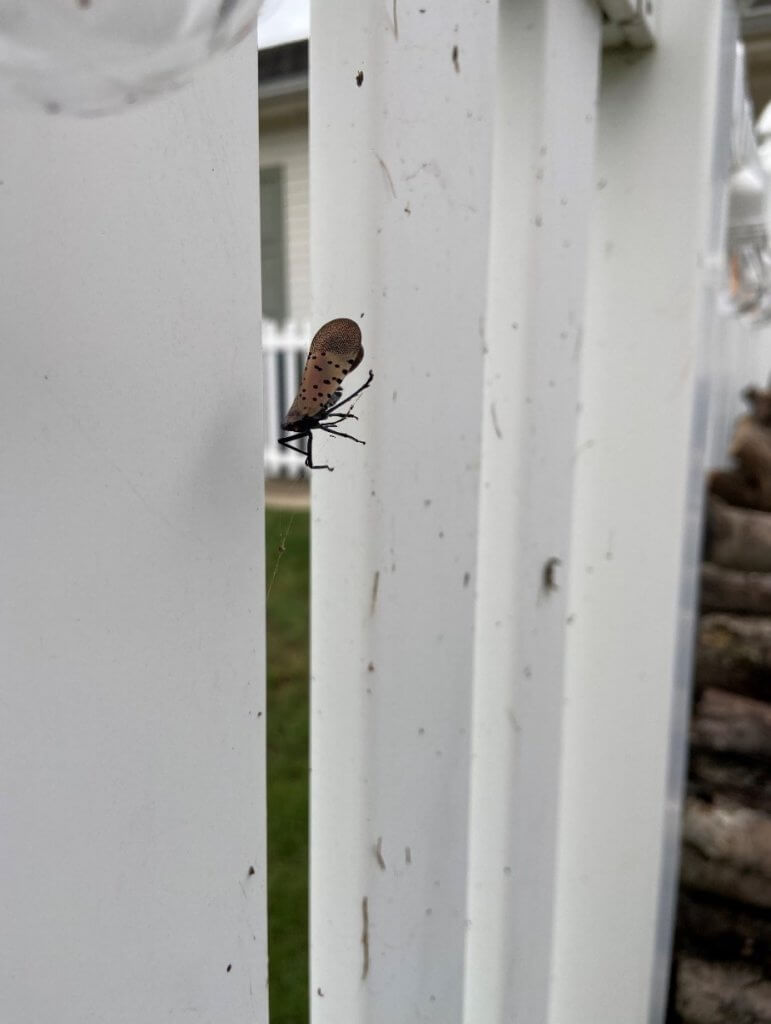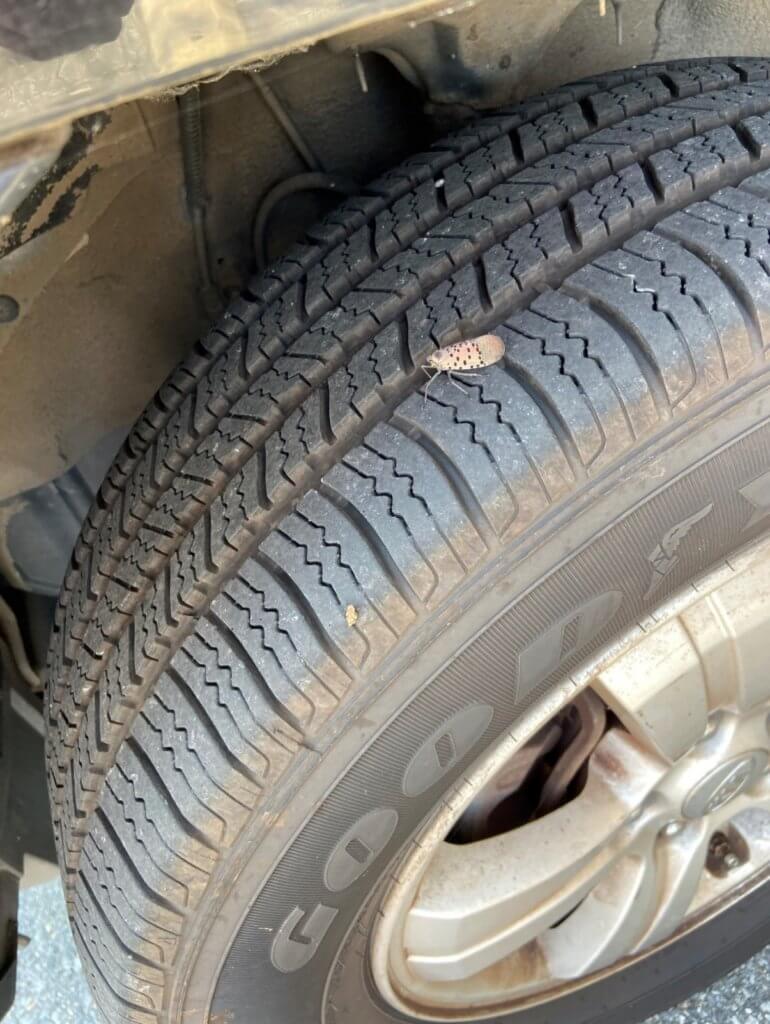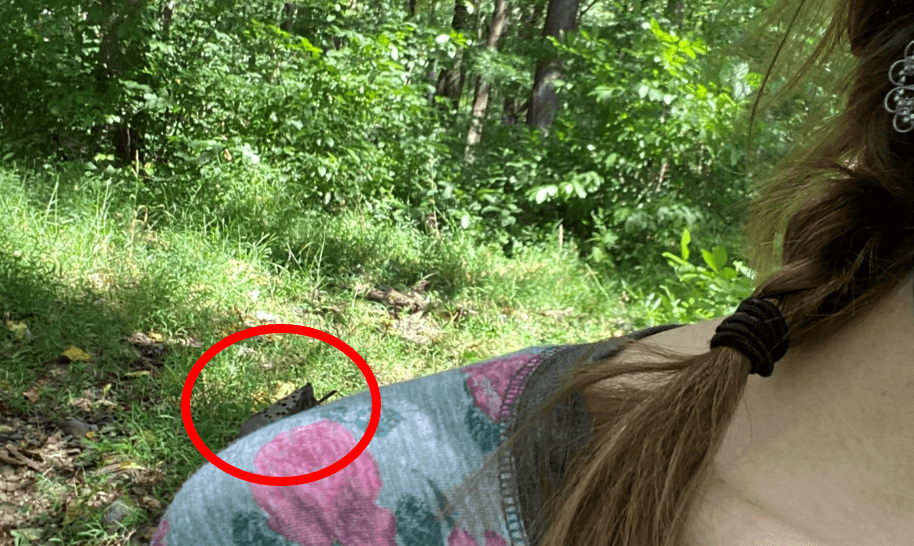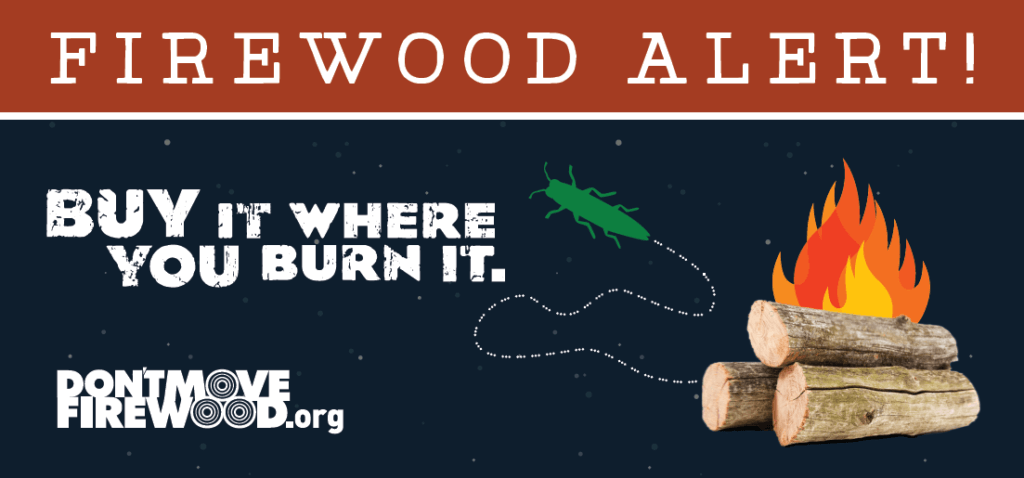Guest blog by David Coyle, Assistant Professor in the Department of Forestry and Environmental Conservation, Clemson University
There are some astonishingly impactful invasive tree-killing pests present in North American forests. Some of these, like the emerald ash borer, are capable of potentially wiping out entire tree genera- as the damage they create reliably kills members of all the species of Fraxinus (ash). Likewise, the redbay ambrosia beetle (which carries laurel wilt, a nearly-always deadly vascular wilt disease) is capable of killing every species in the family Lauraceae – including avocado and sassafras trees. The Asian longhorned beetle infests trees in at least 12 different genera, including maples, willows, and poplars – some very common and important trees in both natural AND managed or urban areas. Other pests, like the European spongy moth, are hugely damaging on the landscape (both ecologically, and financially) but are thankfully unlikely to cause the extinction of any given species of trees. Collectively, these forest pests cause billions of dollars in damage over time and countless ecological impacts, some of which we may not even know about yet. While all forest pests can spread by their own means across short distances, unfortunately, accidental transport by humans is one of the main ways they move more rapidly, and across larger distances.
And since you’re reading this blog on a firewood website, I’m going to assume you enjoy a good fire. Maybe it’s in your home, for pleasure or heat, maybe it’s in the fire pit outside, maybe it’s at deer camp or at a state park whatever – these fires need wood to burn. Unfortunately, many of the destructive forest pests currently found in North America can (and do) get moved in or on pieces of firewood. Some of them can survive at least 3 years deep in the wood- and some can even infest wood at any time, regardless of how old or seasoned it may be (see the guest blog on Dodds et al 2017, here). To that end, there has been a good bit of research on firewood pests, starting most intensely in the early 2000s when the emerald ash borer was rapidly spreading in North America. Since then, a variety of research on the topic has been completed and published, but no one has really holistically reviewed what is out there, what we know, and what we need to know – until now. This paper, Firewood Transport as a Vector of Forest Pest Dispersal in North America: A Scoping Review, in the Journal of Economic Entomology, led by Angelica Solano, a M.S. student with Drs. Shari Rodriguez and David Coyle of Clemson University, does just that. They reviewed the firewood pest literature from North America to see what we did- and didn’t- know, and found some very eye-opening things.
Did you know that most of the work on pests in firewood has been done in the Great Lakes and Northeastern U.S. regions? Additionally, a handful of studies have been done in the southwestern U.S. and in Canada, but almost none in the Pacific Northwest or Southeast. This is significant because there are plenty of wood-infesting pests in these areas too, and we have very little published science on what’s happening there. Yes, even folks in the South use firewood for heating their homes (it does get cold in higher elevation areas, and in winter) and “ambience” fires are pretty common too – not to mention all the campfires that happen at all the state and national parks for your s’mores, hot dogs, and general enjoyment.
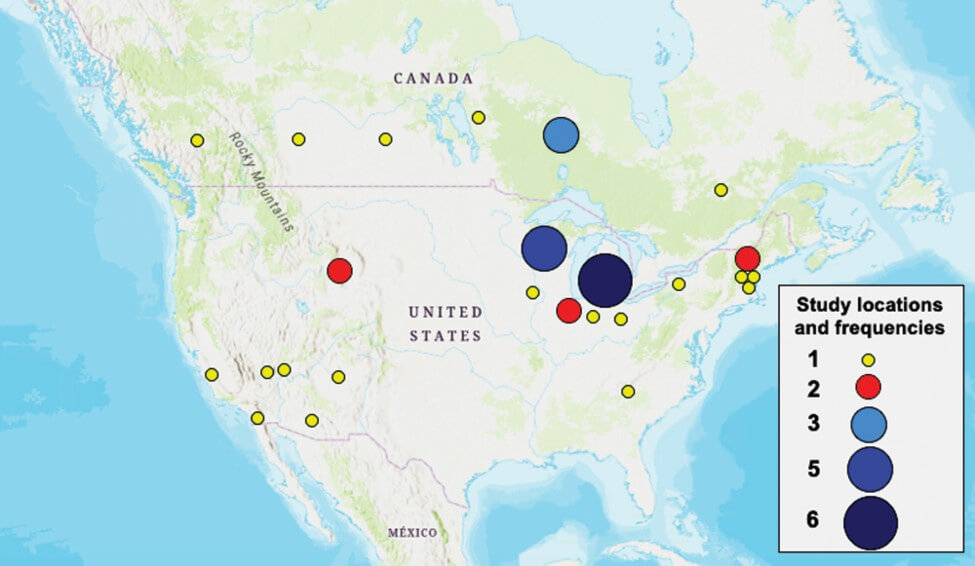
Solano et al 2021, Fig 2. Location and frequency of research locations from the 24 articles used in the review.
The scientific community also doesn’t have a lot of established knowledge on how pest dispersal is affected by the movement of firewood. We know many pests can be moved, or can survive in cut wood, but how does human-mediated movement really affect pest movement at a population level? Likewise, we don’t know nearly enough about what the public knows (or doesn’t know) regarding this issue – which makes it very difficult to craft effective strategies to reach the right people with the right information. . In order to more effectively educate firewood users and make a difference in the spread of forest pests, we need to know how and what people are doing- and why they are doing it. And, unfortunately, there’s a big knowledge gap here.
At the end of the day, we know pests can be moved in firewood. Certainly, which pests we’re talking about will differ based on the location, the type of wood, how it was stored or harvested, and many other factors- but regardless of where you are, this is a possibility. We also know that people’s attitudes and knowledge can impact their decisions to move firewood long distances, and that there are inconsistent rules and regulations across states, regions, and countries. What would really be beneficial is continent-wide consistently held and enforced regulations regarding the movement of firewood, and a more informed public. Everyone knows it is better to lead with a carrot than to rule with a stick, so a focus on educating the public is, to me, the top priority.
So, if you’re reading this, please – enjoy that fire. Eat those hot dogs and marshmallows. But get your firewood locally.
This blog is summary by one of the authors of the study listed here: Angelica Solano, Shari L Rodriguez, Leigh Greenwood, Kevin J Dodds, David R Coyle, Firewood Transport as a Vector of Forest Pest Dispersal in North America: A Scoping Review, Journal of Economic Entomology, 2021;, toaa278, https://doi.org/10.1093/jee/toaa278
